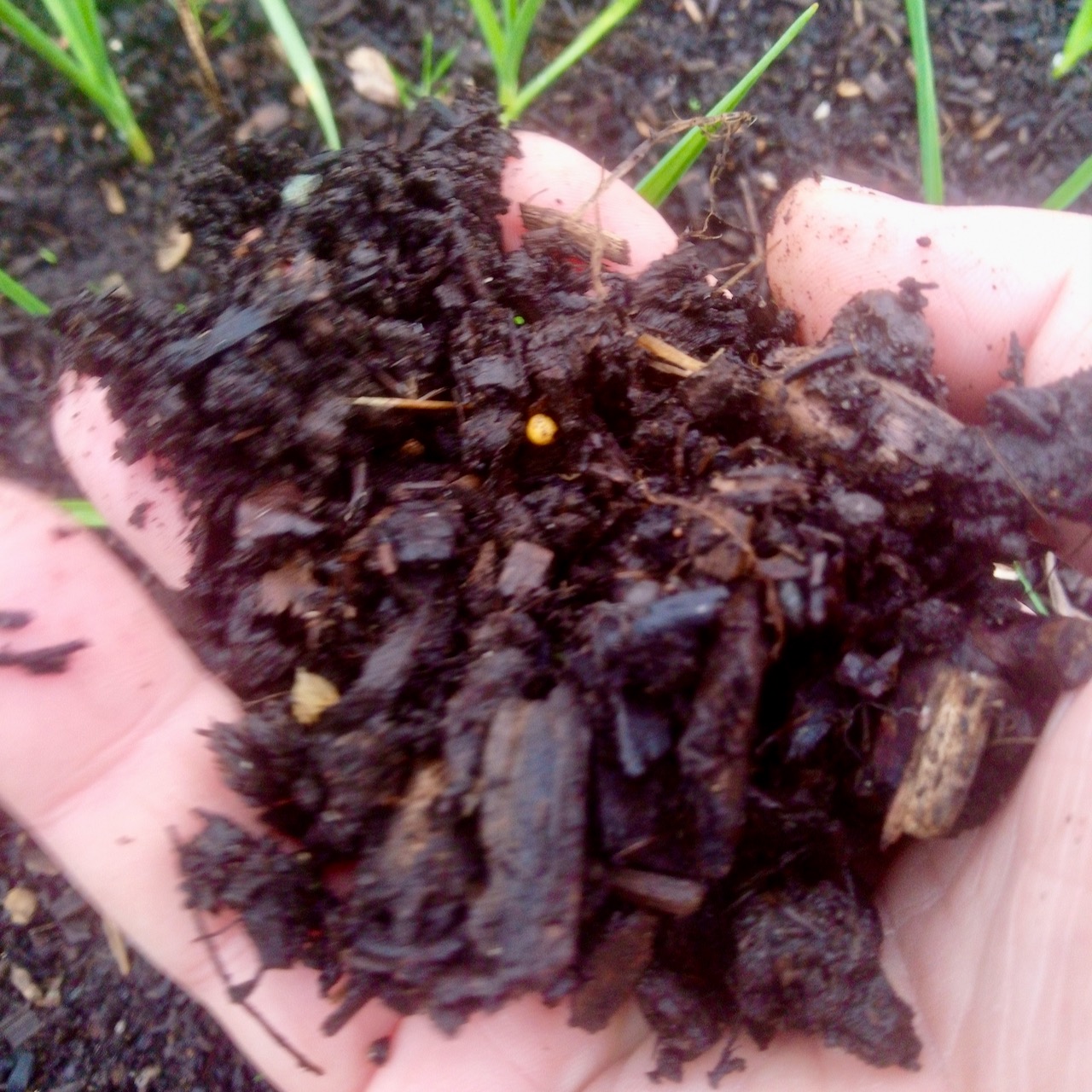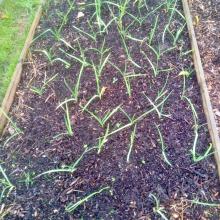George Monbiot, the Guardian’s environmentalist journalist has written extensively about soil and reveals how our changing understanding of the world beneath our feet could allow us to grow more food with less farming./ effort. In his book Regenesis he goes into great detail into the structure of our soil, the diversity, interconnectedness and the abundance of critters living in the soil. These creatures range from springtails- 100,000 beneath a square metre of ground, microarthropods, Oribatids- sub group of mites which are a sub group of Arachnids – spiders, caramel beetle larvae, clusters of translucent globes containing faint white crescents of snail embryos and Nematodes - flat worms producing 400000 offspring a year and indeed many more critters too numerous to mention. In addition to these creatures are the well-known larger woodlouse, millipedes’ snails, earthworms-that produce natural drainage to the soil, and slugs we love to hate in various quantities, all occupying the same niches on our plots. These creatures interacting together and help the production of our soil but more, as science and research reveals is not the only story in town. Fungi whose fruits we see through mushrooms and toadstools also form a relationship with plants, Millions of fungi species live within the soil many lacesthrough and proliferate between plant roots on which they depend. Most plants rely on these fungi to gather minerals and moisture from the soil. The pants feed the fungi and in return the fungi feed the plan twith nitrogen, phosphorus and other elements. This symbiotic relationship is at least 460 million years old.
Further research of soil and how plants interact with each other show that plants “talk” to each other using these fungal filament interconnections. These talking patterns relate to the lack and transfer of nutrients from one plant to another and the signalling of attack from pests or disease. In fact, it has been shown that plants use their bacteria to prime their immune systems and send signals to underground predators to attack the unwanted bacteria.
So, you say why am I painting a picture of the soil underfoot and on our plots? Because, as we understand more about our soil we begin to understand that each time we dig we destroy in part the structure and biodiversity inherent in the soil.
So, is there another way we can overcome this dichotomy, the desire to dig and remove weeds in order to prepare the ground for sowing or leaving it to enhance the soils’ biodiversity and structure?
George Monbiot recites a story of a friend of his, Ian Tolhurst who has been a farmer for thirty-three years, farming a seven hectare previously low productive site riddled with rubble. Over these thirty-three years he has farmed his land without pesticides, mineral supplements, animal manure or any type of fertilizer. He has pioneered a way of growing vegetables and fruit that he calls stock free organic. This means he uses no livestock or livestock products at any point in the farming cycle. While adding none of these soil improvement methods he has raised yields until they have hit the lower bound of what intensive farmers achieve using artificial fertilizers on good land.
So how did he do it, Tolhurts describes his land as a Biodiversity and this biodiversity drives the farm. In fact, he says vegetable are a by-product of that biodiversity. He supports this biodiversity in a number of ways which include the abundance of predators because that biodiversity attracts a wider range of pests. So, for example aphids love nettles, in turn these keep ladybirds alive and as soon as he needs them for crops, they the ladybirds move onto crops, ground beetles eat slug eggs and baby slugs, frogs each slug and snails, worms make natural water ways in the soil for drainage and aeration.
Tolhurst tells us that we don’t need a huge lot of nutrients either, just at the right place at the right time. And for that to happen you need the right soil biology. He explains the biggest loss of nutrients is through leakage, water moving sideways and downward so if one leaves it bare it wont grow anything. One has to make it “water tight” that means using plants to hold onto nutrients and to do this he uses “green manure” over the winter period or he keeps the soil covered. In our case of course it would be, green manure, black plastic or a preparatory weed covering, but not carpet as it’s against the Association rules! However, Tolhirst sees the “green manure” as a key to his whole system. It bunds nutrients, fixes nitrogen, adds carbon and enhances biodiversity to the soil. Obviously to enhance the soil with the carbon rich green manure the soil needs to be turned but in Tolhurst case its only once every three years. In addition to the green manure Tolhurst uses partly broken-down woodchip, as a mulch. When it’s still chip but dark he spreads it over the green manure twice every seven years and leaves approximately seven millimetres of chip for the worms to take it down into the earth. The area is then ready for planting.

His records of soil fertility have shown that soon after he started adding chip to the soil, fertility of his soil soared and in five years his yields had roughly doubled.
So, if you don’t dig why not try this methodology and see if you can double your yield like good old Tolhurst?
I started this methodology, without “green manure” last year on one bed and I had a good crop of French beans. I did no digging and only took out the weeds as they showed themselves. A second bed was given a good dose of woodchip at the beginning of this year and the soil now appears up for planting as most of the woodchip has been taken down by the critters. I have pulled up the remaining vegetables on a number of other beds and applied woodchip to them in November so I will be keen to see how these beds will perform.
Richard Cox - ARDAA Secretary







